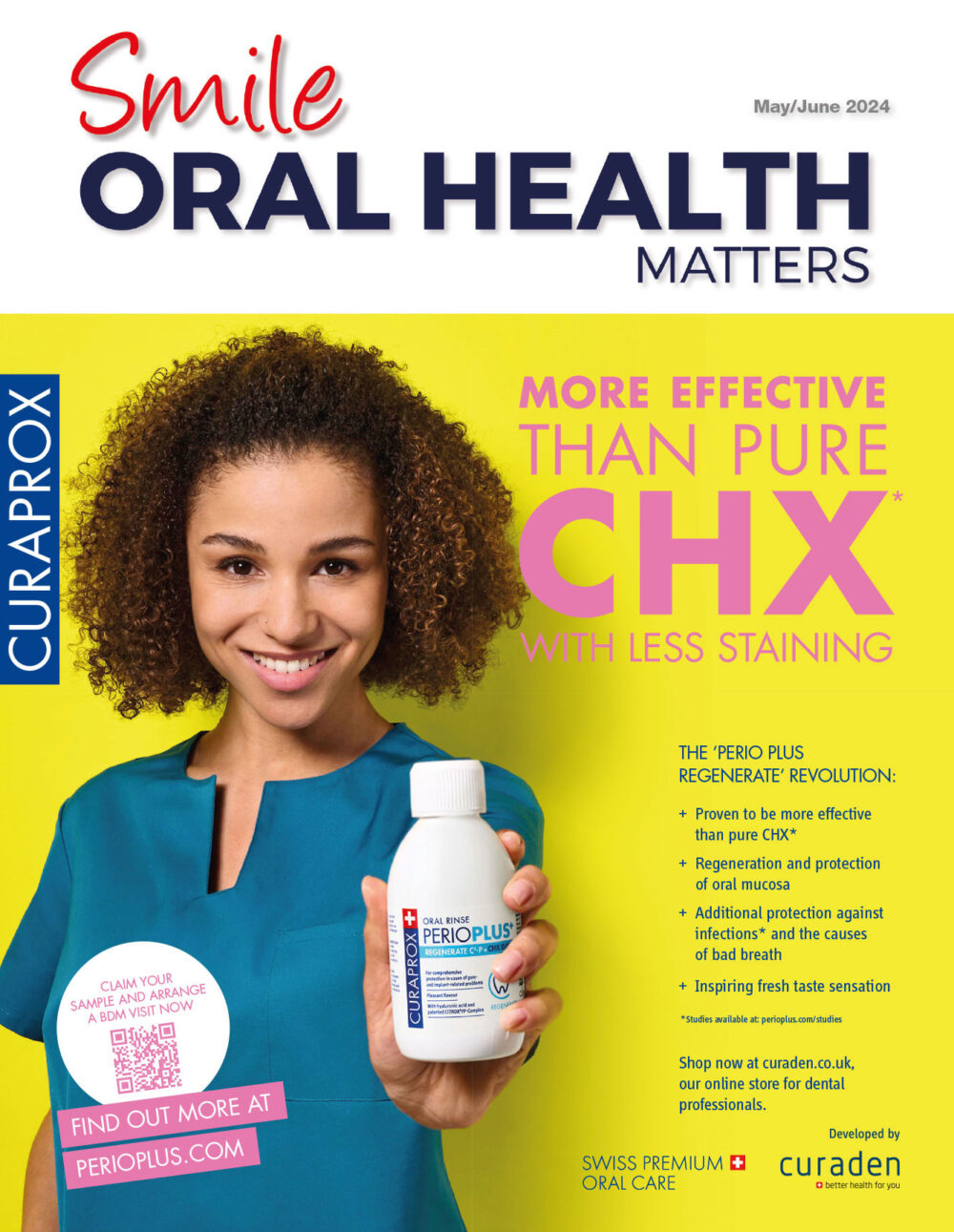Providing high-quality dentistry should always start with perfecting the basics. Every dentist’s top priority should be preventing oral health issues occurring. This must always mean providing tailored oral hygiene and lifestyle advice to help patients prevent oral diseases. This should also mean that clinicians monitor their patients’ oral health closely, checking for any changes which may cause problems in the long-term. Practices should carefully consider the equipment and workflows they use to detect and prevent complications in the mouth.
The value of preventive dentistry
Preventive dentistry is essential for helping patients maintain a healthy mouth. Long-term, it means that patients will require less dental treatment and will keep their natural teeth for longer. Caries and gingivitis are the most common causes of tooth loss, so it is essential that clinicians monitor for the early signs relating to these, and offer preventive treatment and advice to slow or stop their progression. Preventive dentistry also benefits patients who have already lost teeth or undergone restorative treatments, as regular appointments will help clinicians monitor for signs of mouth cancer, bone loss, and denture stomatitis.[i]
Intraoral x-rays for enhanced preventive care
Dental x-rays are essential for any aspect of dental care. Whilst they are primarily a diagnostic tool, offering clinicians a clear view of the patient’s teeth and hard tissues when used in combination with a high-quality sensor, they are also a very helpful tool in prevention. By taking x-rays as regularly as indicated, dentists are able to diagnose potential oral care issues before they become a major concern. This might include analysing the teeth for cavities, health of tooth roots, bone health around the teeth, potential for periodontal disease, and the status of developing teeth.[ii] In doing so, clinicians can monitor the health of the teeth, and make appropriate recommendations for treatment or at-home care to prevent the progression of issues.
But are they safe?
Whilst all dental professionals will understand that x-rays are essential for an accurate diagnosis and for providing comprehensive dentistry, some patients may be concerned about their safety. As such, it’s important that clinicians are able to reassure nervous patients about the use of dental x-rays, and the numerous benefits they offer. There are regulations in place to protect people and the environment against radioactivity. The ALARA principle, in relation to dentistry, requires clinicians to minimise the radiation dose to a patient as much as is reasonably achievable.[iii] When used with a high-quality imaging sensor, as opposed to an intraoral phosphor plate, the radiation dosage required to produce a clear image is minimised.[iv]

Dentists should always assess the risks versus benefits when deciding whether to provide an x-ray. If the benefits afforded to the patient and their oral health outweigh the potential risks posed by radiation exposure, an x-ray should be performed. Many people need regular x-rays to monitor their oral health, but how regular will depend on the individual and their medical and dental history, as well as their current situation. For some, this might mean an x-ray is carried out every six months, whereas those who visit their dentist regularly and have excellent oral health will need x-rays less frequently, perhaps every one to three years.[v]
High-quality images to communicate with patients
Investing in high-quality equipment which enables you to offer accurate diagnostics and clear preventive care advice is essential. Perfecting the basics will mean that any treatment provided based on your x-ray findings will be informed and accurate. The ability to produce clear images will also provide you with effective tools for communication. It is incredibly helpful to show patients their radiograph to help them understand their unique situation, and the exact issues you’re discussing.
This will, in turn, help to boost treatment acceptance and oral care compliance.[i] When patients have a good understanding of their oral health, and any issues they may have, they are able to confidently provide informed consent, ask relevant questions, and discuss their situation with the dental team and their families.
Available from Clark Dental, the Heliodent Plus intraoral x-ray from Dentsply Sirona combined with the XIOS AE Supreme intraoral sensor offers efficiency and flexibility. Ideal for supporting everything from everyday to complex cases, the imaging system offers safe and intuitive operation alongside consistent imaging and remote functionality. Further to this, the Heliodent Plus is ideal for any dental practice, with numerous installation configurations available to align with your unique space, workflows, and specific needs. The experienced team at Clark Dental is able to help you decide on the best configuration for you.
In any dental practice, no matter the type of dentistry you provide, getting the basics right is key. This means taking accurate images to support diagnosis and treatment planning, and offering patients preventative care options to maintain their oral health. The use of a high-quality imaging system is essential for enabling this, and ensuring your dental team is able to offer patients the highest standards of care.
For more information call Clark Dental on 01268 733 146, email info@clarkdental.co.uk or visit www.clarkdental.co.uk
[i] Dental Intelligence. The Importance of Effective Communication in Dental Case Acceptance. Accessed Apr 24. https://www.dentalintel.com/blog-posts/the-importance-of-effective-communication-in-dental-case-acceptance












